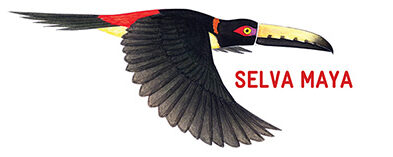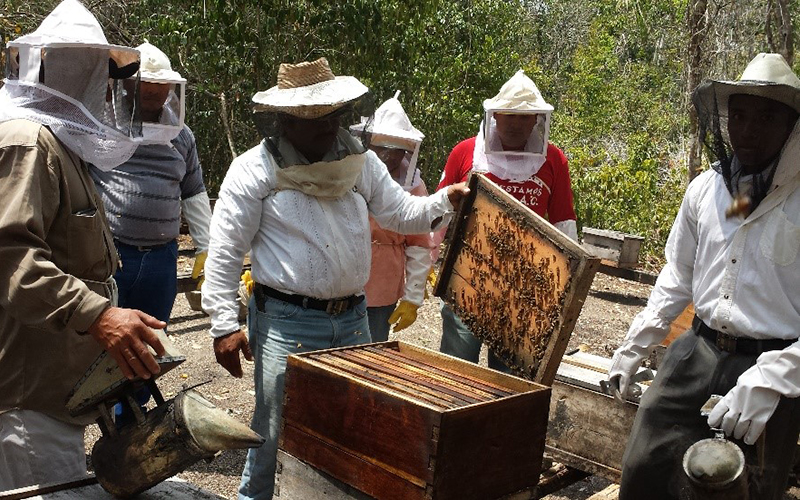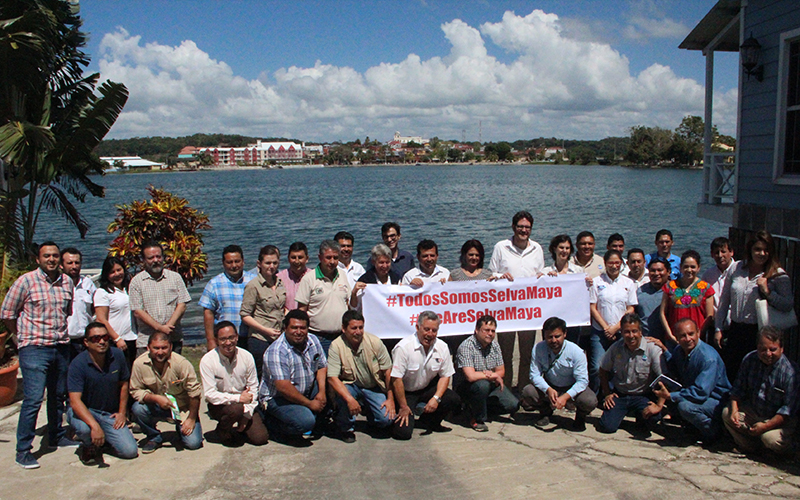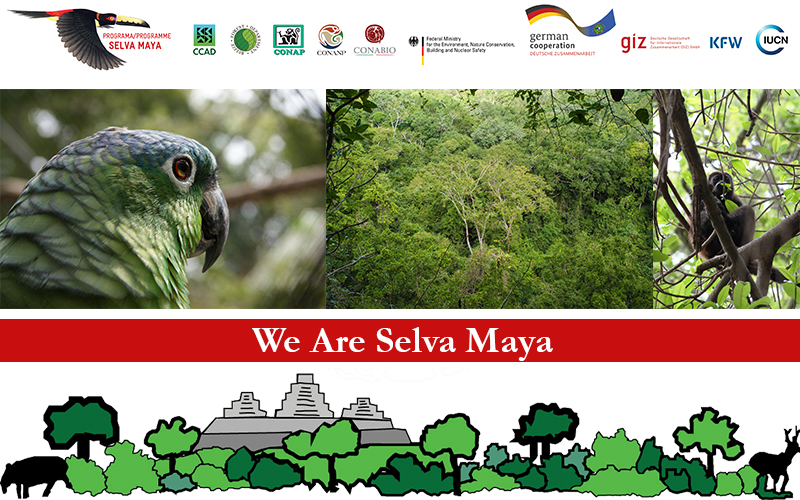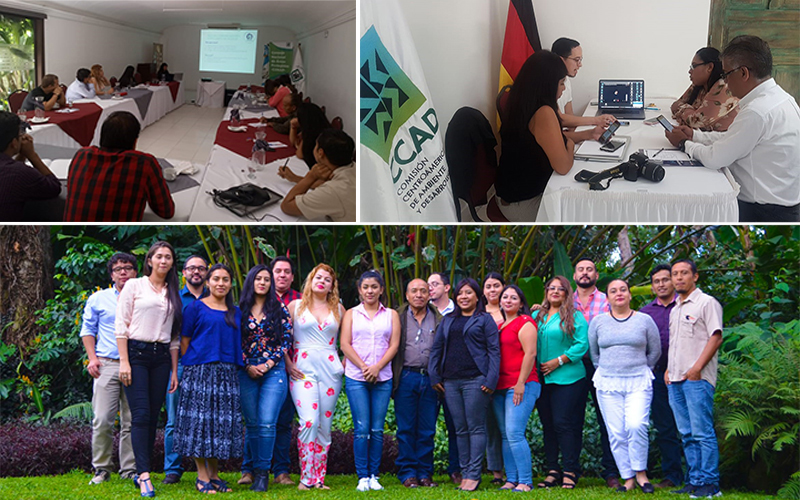Bulletin published by the National Council of Protected Areas (CONAP), of Guatemala Available at: http://www.conap.gob.gt/Noticias3/ZUM.aspx
The National Council of Protected Areas presented the “Report on the Monitoring of the Governance of the Maya Biosphere Reserve 2018”. With the participation of the President of the Supreme Court of Justice and the Judicial Branch José Antonio Pineda Barales; Magistrates of the Supreme Court of Justice, Executive Secretary of CONAP, engineer Elder Figueroa; Assistant Director of the International Technical Assistance Program, Department of the Interior of the United States (DOI-ITAP) Mrs. Cinthya Perera, Representatives of USAID, Lic. Mirna Romero of the Environmental Justice Forum of Petén, Mr. Roan Balas of WCS and Byron Castellanos of Association BALAM.
The 6th report was presented by Victor Hugo Ramos of the CEMEC-CONAP (The Monitoring and Evaluation Centre for the National Council for Protected Areas), which provide decision makers with information about the future of the most extensive and emblematic natural reserve of Guatemala. It demonstrates trends with specific indicators since 2008, in most cases covering data until 2017.
With 21 detailed indicators grouped into four chapters, various actors will have access to information, hence knowledge, so they are able to evaluate the current status of the MBR. The hope is that decision-makers, cooperators, and allies of civil society will use the information as an official source of CONAP and will consolidate inter-institutional efforts to make the conservation of the MBR more efficiently.
In a landscape as vast as the MBR, which covers 19% of Guatemala’s terrestrial surface area, the data is expected to project both the success achieved and the current and future challenges. In addition the four most important trends, that have been determined, are indicated. Commitment of the State, stability in the Eastern Sector of the RBM, Financing of the CONAP.
The challenges continue, despite the success in the east of the MBR, the sixth report also reveals that considerable challenges continue in the 19% of the country which make up the reserve. In terms of governability, the most complex zone continues to be the Laguna del Tigre National Park (PNLT) – the largest national park in Guatemala (337,899 Ha), and the Rio Escondido Protected Biotope – Laguna del Tigre. The report details that, during 2017, 29% of the gross forest loss occurred in these two conservation units, surpassed only by the Buffer Zone, which registered 37% of the total gross loss of the MBR. After these three conservation units, the Sierra de Lacandón National Park (PNSL) also continues to face various threats, although to a lesser degree than the PNLT. The Sierra del Lacandón National Park still maintains 63% of its total area as a forest, indicating that even in complex conditions, inter-institutional work is one of the most effective strategies to ensure the conservation of the MBR.
In summary, the sixth report indicates that after 28 years, the Maya Biosphere Reserve still maintains 67.6% of its surface area (2.1 million hectares) in good condition. It reveals that in recent years we have achieved remarkable successes, marked by constant learning and by obstacles overcome. At the same time, it reveals that the challenges for the conservation of the MBR continue and will continue – particularly in the areas adjacent to Mexico in the Northwest of the MBR. CONAP cannot face these challenges alone, that is why we invite all: civil society, cooperation and the entire State of Guatemala to join us to leave a better legacy to the future Guatemalans. The document “Monitoring Governance in the Maya Biosphere Reserve” is available at:
http://www.conap.gob.gt/images/slide/GOBERNABILIDAD_20180906.pdf
Protected areas, defend them! They belong to you.
